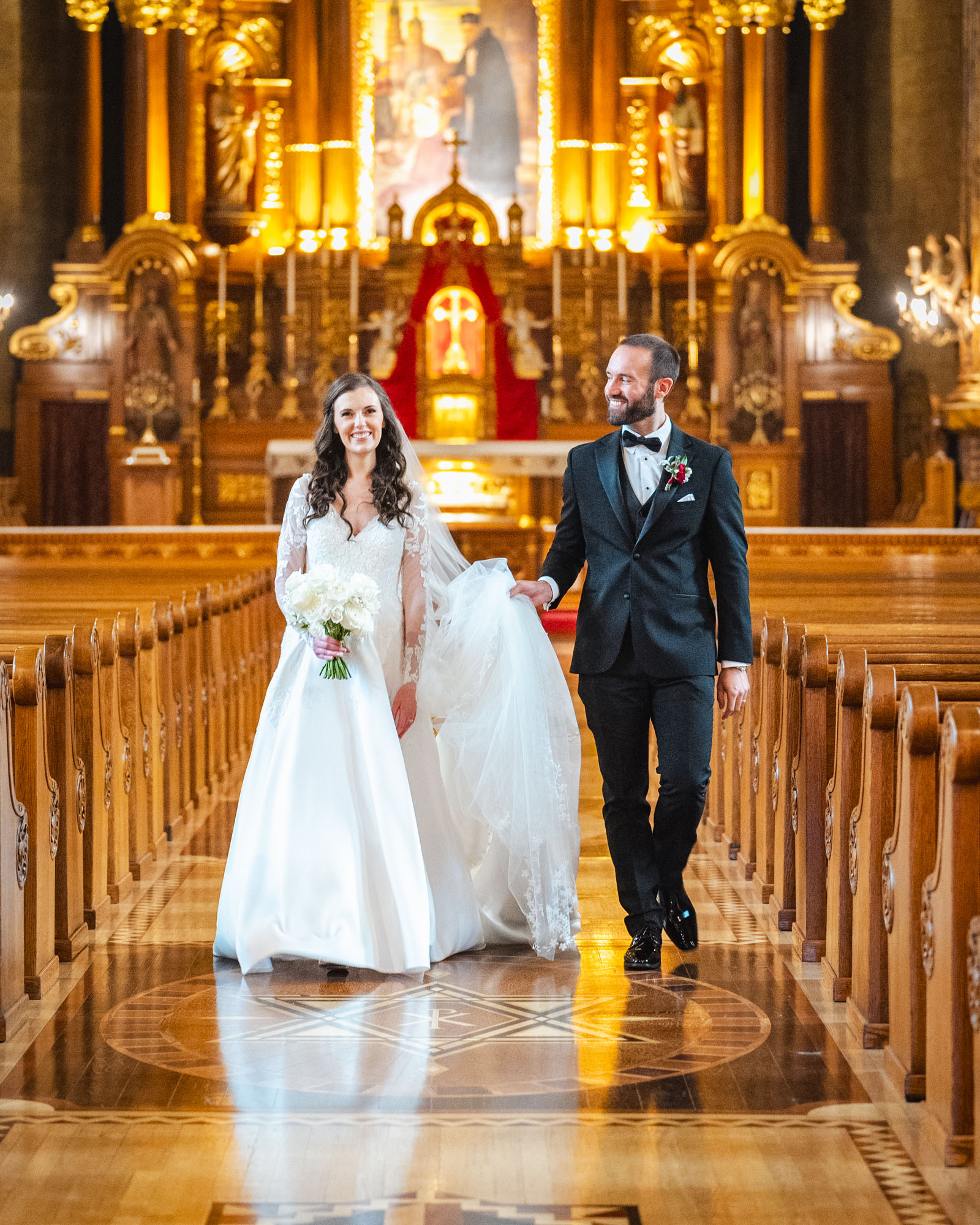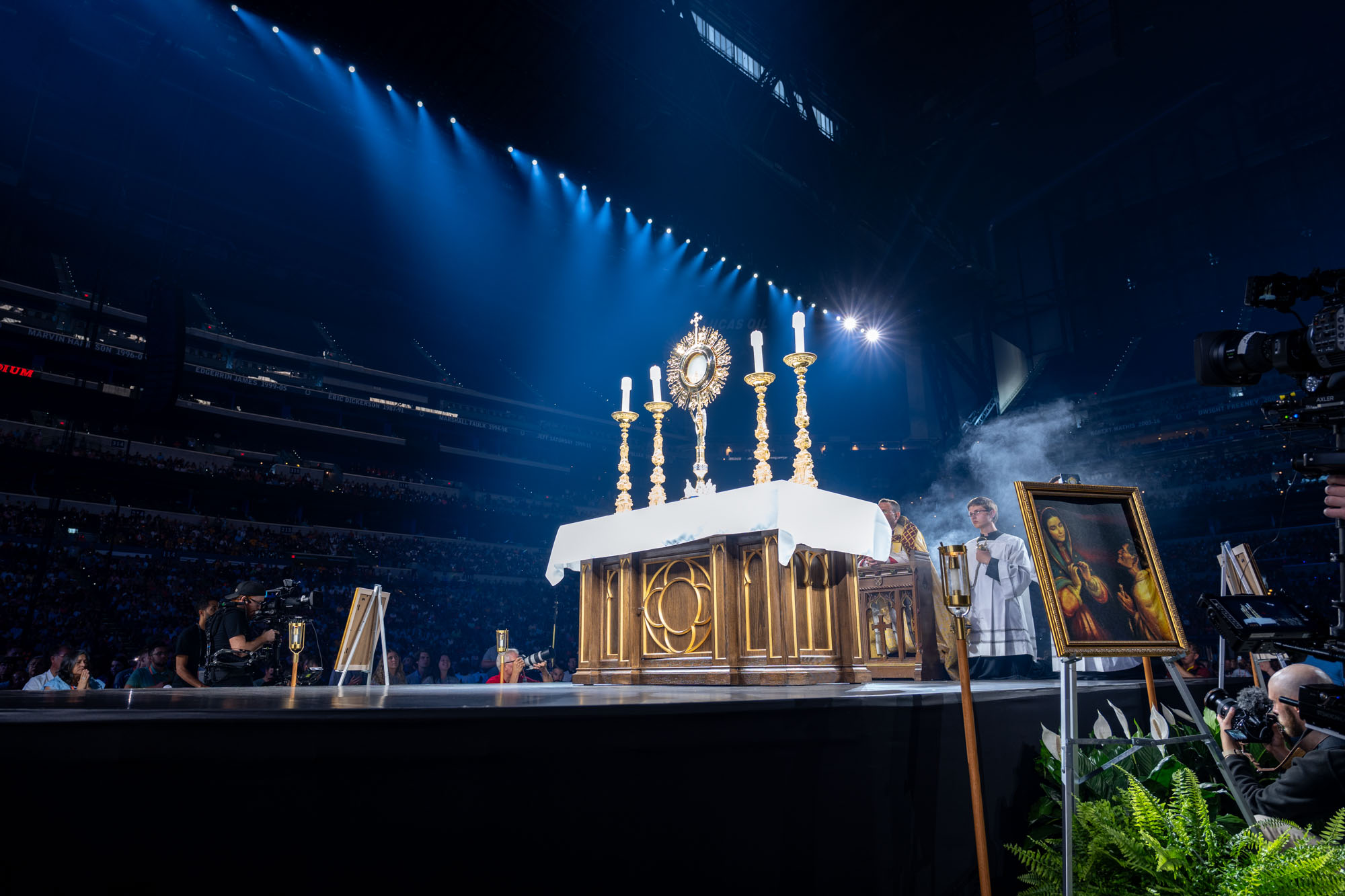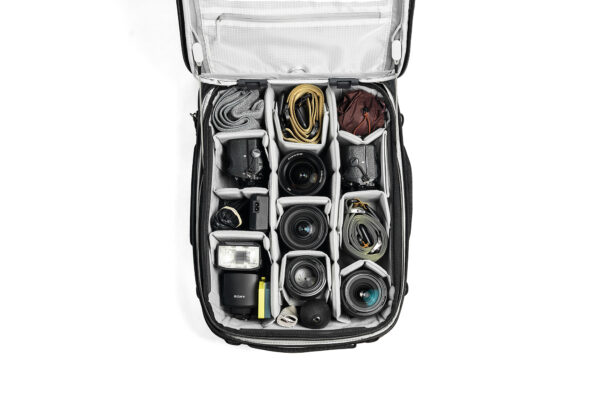Bokeh has become popular among photographers these days because it can make images look more visually appealing. The term bokeh photography comes from the Japanese word bokeh, which means ‘blur‘ in English. In this blog, I will discuss what is bokeh in photography.
What is bokeh in photography?
Bokeh has two meanings in photography. The first is an out-of-focus area of the image. It is produced when the photographer uses a shallow depth of field, meaning only part of the image is in focus and the rest is blurred. This type of bokeh is generally considered a desirable effect.
The second type of bokeh isn’t as widely used as the first, but it’s still worth knowing. This type refers to lens distortion that creates a circle or starburst shape in the out-of-focus region.
Some people like this type of bokeh because it gives images a unique look, but others find it undesirable for artistic reasons or because it can reduce image quality.
Different types of lenses can produce different types of bokeh, so you can use your camera lens to create images with different effects.
What is the bokeh effect?
The bokeh effect is a term used to describe the aesthetic quality of blurring produced by a lens in the out-of-focus area of an image. The popularity of bokeh in photography is increasing because it is able to draw attention to specific parts of an image.
Moreover, the bokeh effect can be used to highlight a specific part of the image to separate a subject from its background.
Bokeh is even defined as “the way the lens casts light outside the focus point”. Due to differences in lens aberrations and aperture sizes, some lenses blur images in a way that’s pleasing to the eye, while others are unpleasant or confusing, producing “good” and “bad” bokeh, respectively.
How to get a good bokeh effect?
The main purpose of achieving this effect is to use a narrow depth of field to separate the subject from the background. This tutorial will teach you how to get good bokeh for your photos.
Bokeh is one of the most impressive effects that can be applied to a photograph, especially portraits. It can make a photo much more interesting and attractive, adding a sense of perfection to everything.
Bokeh contributes to creating a dreamy background that gives the image a whole new dimension and depth.

f/1.8
There are many ways to achieve bokeh in photography and one of them is the use of shallow depth of field in your camera lens. To get good bokeh, your lens aperture should be as wide as possible so you can experience a shallow depth of field.
What to Look for in a Lens?
Different types of lenses are available: fixed focal length (prime) lenses, zoom lenses, and macro lenses. Each lens has its own characteristics that will help you achieve different effects.
One way to control the appearance of the bokeh is to choose which lens I use for the shoot. For large-scale bokeh, I choose a wide aperture lens with a small f-number and shoot at a short distance from the subject.
The closer you are to your subject and the wider the aperture, the bigger your bokeh!
For example, if I want more background blur, I need something more like a telephoto lens, for example, 50mm, 85mm, 105mm with aperture f/1.4 – f/1.8. Some zoom lenses can allow this too because they cover a much larger range and can close-up on the subject, but prime lenses are ideal for this purpose.

90mm, f/2.8
Best lens for bokeh
Although bokeh is actually a feature of a photograph, the lens used determines the size and shape of the visible bokeh. Usually seen more in highlights, bokeh is affected by the shape of the lens’s diaphragm blades (aperture). A lens with a more rounded blade shape will have soft orbs of round, out-of-focus highlights, while a lens with an aperture that is more hexagonal in shape will reflect that shape into the highlights.
No need to worry even if you don’t have a very fast lens. By increasing the distance between the background and the subject, bokeh can be seen in images shot at small apertures such as f/8.
Sony lenses:
Sony 50mm f/1.4
Sony 85mm f/1.4
Sony 24-70mm f/2.8
Sony 70-200mm f/2.8
Canon lenses:
Canon 50mm f/1.8
Canon 85mm f/1.4
Canon 24-70mm f/2.8
Canon 70-200mm f/2.8
Bokeh photography camera settings
First, need to compose the shot. A beautiful bokeh effect does not mean that the composition will be forgotten. Instead, look for colors in the background that complement or match the colors of the main subjects.
By blurring the bokeh, background colors will be amplified and diffused so choosing the right background can create a nicer aesthetic and give the bokeh more purpose.
Second, when I said that very little light orbs are not the definition of bokeh they look nice in the background. When shooting at night in a city or in front of a Christmas tree I can capture those twinkling little lights that blur the background like magical orbs.
Finally, once the frame is created, open the aperture as wide as possible (f/1.4 – f/2.8) to place the focus point on the subject. If the subject is static, use a One Shot AF-S mode and navigate to the focus point to ensure the outline is sharp.
Now, bokeh appears in the background as the focus point is set and the DoF is adjusted. If everything is fine – take the shot!
Looking to learn more about photography? Check out my blog!








